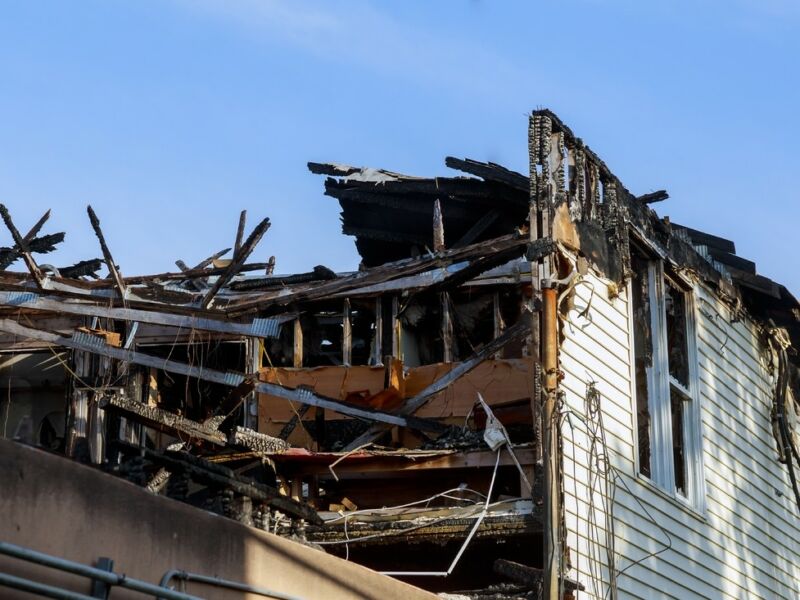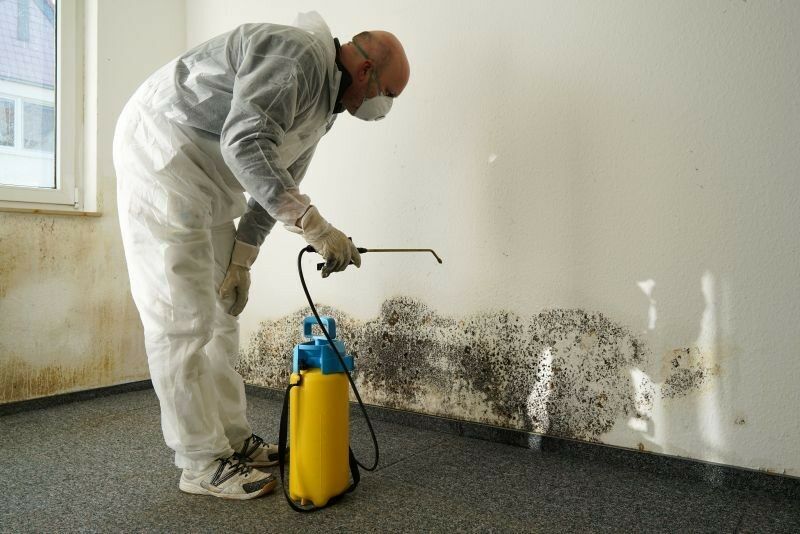
What is fire damage restoration?
How does fire damage restoration contribute to energy efficiency?
What are the steps involved in fire damage restoration?
- Assessment and documentation of the damage
- Removal of debris
- Cleaning and deodorizing the property
- Repairing or replacing damaged structural elements
- Restoring the property to its pre-fire condition
These steps may vary depending on the extent of the damage and the specific requirements of the property.
What are some fire damage restoration techniques?
- Soot and smoke residue removal
- Odor elimination
- Structural drying
- Content cleaning and restoration
- Carpet and upholstery cleaning
- Repainting and refinishing
- Repairing or replacing damaged electrical and plumbing systems
These techniques are aimed at mitigating damage, improving safety, and restoring the property to its pre-fire condition.
What are the benefits of hiring professional fire damage restoration services?
- Expertise in handling fire damage restoration
- Efficient and timely restoration process
- Advanced equipment and techniques for effective restoration
- Knowledge of safety protocols and regulations
- Insurance assistance and documentation
- Peace of mind knowing the restoration is handled by professionals
Professional restoration services ensure a comprehensive and efficient restoration process, helping to minimize further damage and restore the property to its pre-loss condition.
Fire damage can have a significant impact on the energy efficiency of buildings and homes. Understanding the role of fire damage restoration in improving energy efficiency is crucial for property owners seeking to restore and rebuild in the aftermath of a fire.
The Importance of Fire Damage Restoration

Fires can cause extensive damage to properties, including structural damage, smoke damage, and water damage from firefighting efforts. The restoration process is essential for not only repairing the physical damage but also ensuring the property’s energy efficiency and sustainability.
Energy Efficiency Considerations
Fire damage restoration professionals prioritize energy efficiency considerations during the restoration process. By addressing specific areas of concern, they help property owners maximize energy savings and reduce environmental impact. Here are some of the energy efficiency-focused measures implemented during fire damage restoration:
1. Insulation Upgrades
Fire damage can compromise the insulation in walls, attics, and crawl spaces, leading to energy loss and decreased thermal performance. During the restoration process, damaged or inadequate insulation is replaced or upgraded with energy-efficient materials. This helps to improve the building’s energy efficiency and reduce heating and cooling costs.

2. Window and Door Replacement
Fire can cause windows and doors to crack or warp, compromising their effectiveness in maintaining airtightness and thermal insulation. Restoration experts assess the condition of windows and doors and replace them with energy-efficient alternatives. These new windows and doors are designed to minimize heat transfer and improve indoor comfort.
3. Lighting Upgrades
Fire damage restoration provides an opportunity to upgrade lighting fixtures and systems to energy-efficient options. This can include replacing traditional incandescent bulbs with LED lights, which consume less energy and have a longer lifespan. Upgrading lighting systems contributes to energy savings and reduces the property’s environmental footprint.
4. HVAC System Evaluation
The heating, ventilation, and air conditioning (HVAC) system is a critical component of a building’s energy efficiency. During fire damage restoration, HVAC systems are thoroughly evaluated to identify any damage or inefficiencies. HVAC professionals repair or replace damaged components, ensuring optimal energy performance and indoor air quality.
Fire Damage Restoration and Energy Efficiency: A Collaborative Approach
Fire damage restoration professionals work closely with energy efficiency experts and contractors to develop comprehensive strategies for restoring properties while maximizing energy efficiency. This collaborative approach ensures that all aspects of energy efficiency are considered and addressed during the restoration process.
In addition to the immediate benefits of improved energy efficiency, fire damage restoration contributes to long-term environmental sustainability. By reducing energy consumption and minimizing waste, restored properties have a lower carbon footprint and help conserve natural resources.
Conclusion
Fire damage restoration is much more than just repairing the physical damage caused by a fire. It encompasses various measures aimed at improving energy efficiency and sustainability. By prioritizing energy-efficient upgrades and implementing environmentally conscious restoration techniques, fire damage restoration professionals contribute to the overall energy efficiency and long-term resilience of buildings and homes.
If you need professional fire damage restoration services, JGW Group Water Damage Restoration Las Vegas is a leading provider in the industry. With their expertise and experience, they offer comprehensive fire damage restoration services to residential and commercial properties in Las Vegas, Nevada. Contact them today at 725-240-0640 or visit their website for more information.
What are some common causes of fires in homes?
How long does fire damage restoration usually take?
Sources:
- Fire and Smoke Damage Restoration
- Fire Damage Restoration Cost Guide
- The Best Fire Damage Restoration Services of 2023
- Fire Damage Restoration – C & R – C&R Magazine
- Fire Damage Restoration: The Complete Guide
- Cleaning Up After A Fire | American Red Cross
Important Facts and Statistics about Fire Damage Restoration:
- Every 23 seconds, a fire department in the United States responds to a fire somewhere in the nation. [1]
- In 2019, there was a 43% decrease in structure fire deaths in one- or two-family homes compared to 1980. [4]
- In 2018, public fire departments responded to an estimated 1,318,500 fires in the United States, of which 499,000 occurred in structures. [7]
- The national average cost of fire damage repair for a house is $12,900. [8]
Why is prompt fire damage restoration important?
Can I handle fire damage restoration on my own?
Disclaimer: The information in this article is for informational purposes only and should not be considered as professional advice. JGW Group Water Damage Restoration Las Vegas recommends consulting with a qualified professional for fire damage restoration services.
References:
[1] NFPA report – Fire loss in the United States, Our latest reports Fatal Fires in Residential Buildings (2018-2020)
[4] Fire Damage Statistics – 2019-2020 Fire Damage and Restoration Data
[7] Fire Facts | Fire Safety Facts & Statistics | Fire Life Safety
[8] Facts + Statistics: Fire | III



